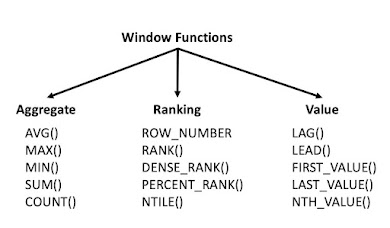Python Data Structure-Part 1
Broadly speaking, data structures can be classified into two types
i).primitive
ii).non-primitive.
The former is the basic way of representing data that contains simple values. The latter is a more advanced and complex way of representing data that contains a collection of values in various formats.
Non-primitive data structures can further be categorized into
i). built-in
ii).user-defined structures.
Python offers implicit support for built-in structures that include
i). List, ii). Tuple iii). Set iv). Dictionary.
Users can also create their own data structures (like Stack, Tree, Queue, etc.) enabling them to have full control over their functionality.
The same is given in the picture below
ii).non-primitive.
The former is the basic way of representing data that contains simple values. The latter is a more advanced and complex way of representing data that contains a collection of values in various formats.
Non-primitive data structures can further be categorized into
i). built-in
ii).user-defined structures.
Python offers implicit support for built-in structures that include
i). List, ii). Tuple iii). Set iv). Dictionary.
Users can also create their own data structures (like Stack, Tree, Queue, etc.) enabling them to have full control over their functionality.
The same is given in the picture below
.jpg)


.jpg)

No comments:
Post a Comment